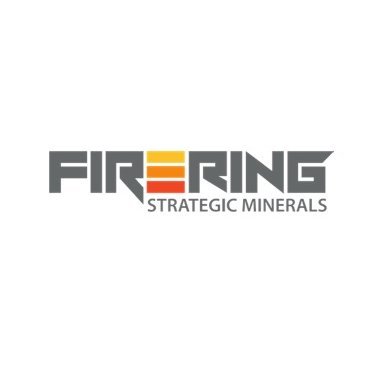The global limestone market is forecasted to grow significantly, reaching an estimated value of USD 162.0 billion by 2033, up from USD 78.6 billion in 2023. This represents a compound annual growth rate (CAGR) of 7.5% over the next decade. Asia Pacific held a dominant position in 2023, accounting for 53.8% of the market share, with revenue from the limestone sector amounting to USD 42.28 billion.
Limestone, a sedimentary rock largely composed of calcium carbonate (CaCO3), often contains other materials such as silica, clay, silt, and sand. These impurities can affect its purity and subsequently its uses. It is widely used in construction as a foundational material for roads and as an aggregate in concrete.
The limestone industry is global, leveraging the unique properties of limestone for a variety of commercial and industrial purposes. Major sectors driving this demand include construction and agriculture. In construction, limestone is vital for cement production, while in agriculture it is used to condition soil and enhance crop productivity. The expansion of construction activities, particularly in emerging economies, plays a key role in the limestone market’s growth. Infrastructure development is a governmental priority in many regions, resulting in increased demand for products such as cement and concrete.
In agriculture, limestone is used to improve soil pH, crucial for enhancing crop yields as global food demand rises. The steel industry also plays a significant role in limestone demand, using it as a flux agent to refine iron ore during steel production.
There are several growth opportunities in the limestone sector, particularly with advancements in mining and processing technologies that allow for more efficient extraction. Moreover, the trend towards sustainable and eco-friendly construction materials has opened up new possibilities for limestone applications, especially in environmentally conscious projects.
The limestone market continues to show robust growth, largely due to its essential role in industries like cement production, steel manufacturing, and chemical processing. India leads the global market as the largest limestone importer, responsible for 46% of worldwide imports, driven by infrastructure projects and industrial growth. The UAE is the top exporter, controlling around 40% of the global market, thanks to its strategic location and well-developed mining infrastructure.
Other major players in the global limestone supply chain include Oman and Japan, which account for 7.6% and 7.5% of exports, respectively. These countries play key roles in meeting the growing demand from industrialising nations.
This market presents opportunities for strategic investments and partnerships, especially in regions where industrialisation is accelerating. Stakeholders are encouraged to focus on sustainable mining and innovative processing techniques, in response to rising environmental concerns while meeting market demand.
The type of limestone also impacts market dynamics. High calcium limestone, accounting for 69.5% of the market share in 2023, is favoured for its broad application across construction, agriculture, and industry. Its chemical properties make it suitable for environmental uses such as air and water purification, as well as soil treatment. As economies continue to develop, the demand for high calcium limestone is expected to rise due to its accessibility and lower cost of extraction compared to magnesian limestone.
Magnesian limestone, comprising 30.5% of the market, is harder to extract and more costly to process, resulting in slower growth for this segment. Nevertheless, it has niche applications that ensure continued, if modest, demand.
Industry lime dominated the market in 2023, holding a 46.7% share, followed by chemical lime, construction lime, and refractory lime. Industry lime is critical for various sectors, including steel, paper, and plastics production, where it serves functions such as purification and pH regulation. Chemical lime plays a key role in environmental compliance, especially in water treatment and emissions control, while construction lime remains crucial for mortar and plaster in the building industry.
Despite having a smaller share, refractory lime is essential for high-temperature applications, such as furnace linings, indicating steady demand in specialised sectors. Overall, the demand for industry lime is expected to remain strong due to ongoing industrial development and infrastructural growth, with sustainability trends further driving demand for chemical and construction lime.
Building and construction remain the largest end-users of limestone, holding an 82.6% market share in 2023. This sector’s demand is driven by the widespread use of limestone in cement and building materials, as urbanisation and infrastructure projects continue worldwide. Other sectors like steel production, agriculture, and chemicals also utilise limestone, though to a lesser extent. These applications are essential for industries such as paper production and water treatment, where limestone helps improve product quality and environmental compliance.
The global limestone market is positioned for sustained growth, with significant opportunities emerging across various industries. Key players in the market are advised to invest in sustainable practices and advanced technologies to meet the rising demand while addressing environmental challenges.
Firering Strategic Minerals plc (LON:FRG) is an AIM-quoted mining company focused on becoming a near-term cash generating producer of Quicklime, through their Limeco Project in Zambia, whilst at the same time progressing with the exploration and development of their Atex Lithium Project, Côte d’Ivoire.


